Mains guy here. Nothing in LV electronics prepares you for mains.
Don't be cheap
Doing anything with mains electrical plays rather badly with "cheap". Or should I say "inexperienced people thinking cheap", as mains electrical equipment is very reasonably priced.
Start at the end
It sounds like you are just starting to work through the implementation of this, and starting at the lamps. Do it the other direction. Start by working out how you're going to get electrical cables out to each of 25 tables without creating a trip hazard. Then figure out how you are going to distribute 6000 watts nominal of power to the tables, and where you will source that (as it's way too much for a branch circuit).
Note that conventional dimming (or a diode approach) does not reduce the power that must be provisioned, because it does nothing to change the current draw (think VA) of the loads, and distribution equipment is sized based on current, not wattage. In your wiring, you must provision VA, not watts.
Lamps in series within the fixture
I gather your goal is to permanently reduce brightness. The right way is to use smaller bulbs, at the risk of stating the obvious.
However, within a fixture, the idea of series wiring has merit. You can do it easily, using mechanical execution of work that the fire marshal and insurers won't have a problem with. Mismatching bulbs will only make it look bad, not be unsafe. You don't have to worry about wiring methods to an electronic component, nor double insulating the component or grounding the fixture, nor mismatch if someone screws a 5W or 200W bulb into it.
Keep in mind that effective output will fall faster than you think. Incandescent bulbs are not constant current... They act like resistors. Put two 60W bulbs in series, you get two 16 watt bulbs, not two 30s. Put four 60W bulbs in series, you get four 5W bulbs. These are the only choices of arrangement given 4 bulbs. But light is logarithmic, so try it.
On the other hand, this is very good news for provisioning. Since the fixture is permanently wired like this, and the sinewave isn't tampered with (so VA==watts), you can use this lower figure in your provisioning calcs. Four "16 watt" bulbs is 64W per lamp or 1600W for all. Four "5 watt" bulbs means 20W per lamp or 500W all. We're actually in the reach of consumer dimmers here.
Low voltage/LED is where you want to be, though
Honestly, in this day and age, I have no idea why you are still fooling around with incandescents, especiall on an arty project.
Because this thing you're doing cries out to be implemented as low voltage LED. You're looking for lumens in the hundreds per fixture, so just a few watts of LED. Let's be generous and say 1000 lumens, that's 10 watts of LED, x 3 hours, 30Wh, that's a stack of eight AA batteries that costs $8. Or even if you do hardwire off, say, a 24V power supply, you can use the cheapest wires available - gaffer tape down a couple of #18 individual wires to the floor, no trip hazard there! No need for bulky 16/3 cordage, you can get away with a lot with low voltage because it isn't going to bite anyone.
Want plugs and sockets, use Ideal fluorescent ballast disconnects at about 75 cents per mating pair. Can't use those on mains, except inside a fluorescent fixture, but fine for a temporary LV installation.
And low voltage LED puts you into the insanely cheap LED strips (which you can cut to any length, even as little as 1 inch), PWM dimming, all that jazz. You could even have color and centrally control it.
Or if you buy monochrome, any color you want, as long as it's not black. With monochrome, you can put two equal 12V strip segments in series and drive it with 24V.
You might be able to do all 25 fixtures by cutting down a single $18 roll of LED strip. That's where you find cost savings, and you get more design freedom to boot!
Either battery power it locally at 12V, or distribute 24V power (for much lower voltage drop).
